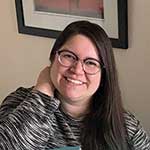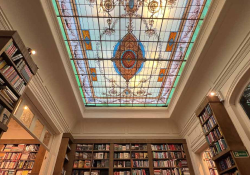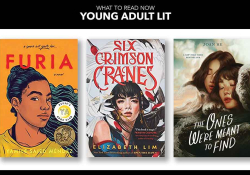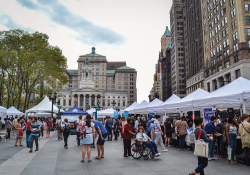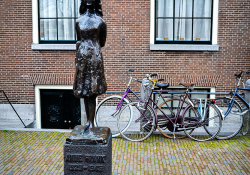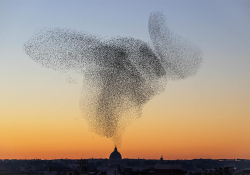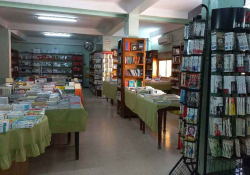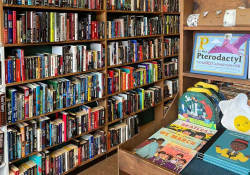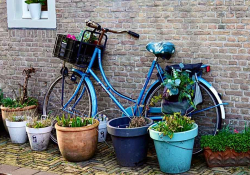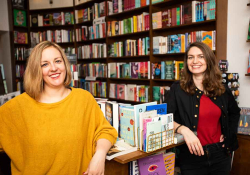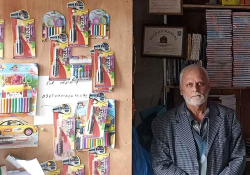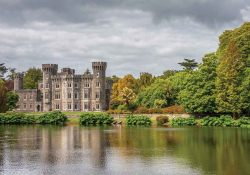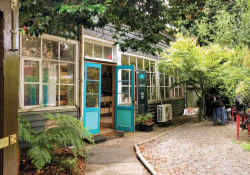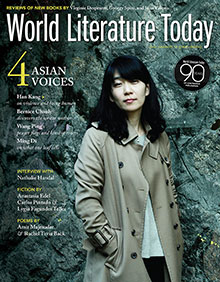Entering Apartheid’s History in Johannesburg

Located in bustling Johannesburg, South Africa, the Apartheid Museum traces segregation along with the diversity of its people. As they enter, visitors experience a split entrance—those issued a white racial classification must enter one way, while those issued a nonwhite racial classification come in a different entrance. The cards are distributed randomly but serve as an example of apartheid separation.
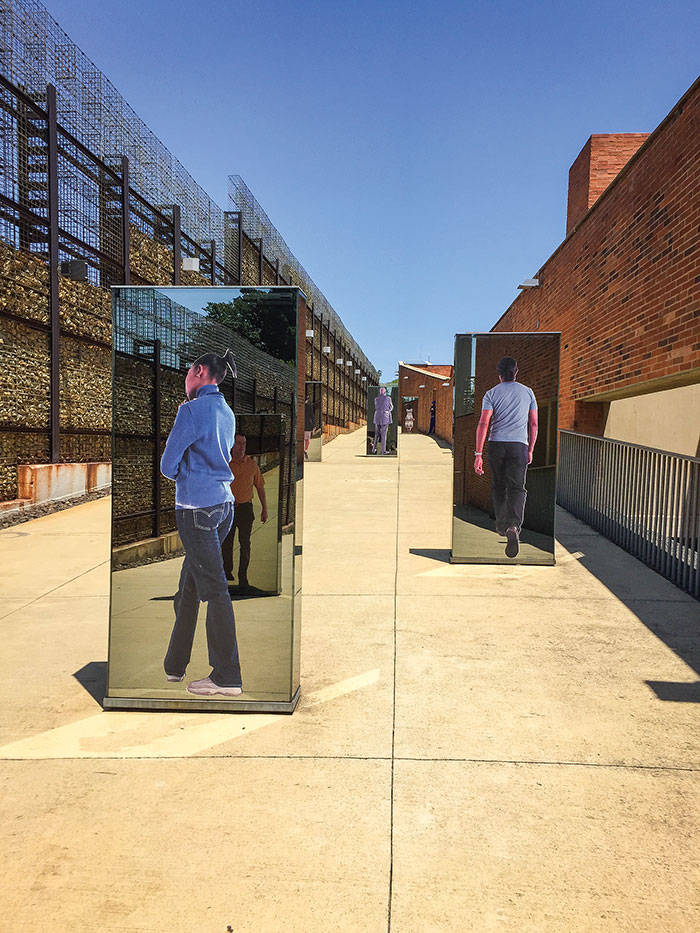
The architecture and outside structures tie into the museum’s portrayal of history and culture. Visitors walk along an outdoor path lined with mirrored structures of images showing the diverse descendants who came to South Africa in 1886 after the discovery of gold in Johannesburg. The museum winds through more than thirty rooms, each telling a piece of the apartheid story and giving examples through video, photography, firsthand accounts, and artifacts. Delving into the history surrounding South Africa’s tumultuous past isn’t easy, but the museum offers a look at the major historical events leading up to apartheid and the changes that brought reconciliation.
One of my favorite rooms showcased documentary photography by Ernest Cole, who recorded what it was like to be black in a repressive government. The photographs were pulled from his book House of Bondage, banned in South Africa during apartheid but now being publicly displayed for the first time.
Apartheid affected the entire framework of South Africa, including the literary landscape. Breyten Breytenbach, an Afrikaans poet, spent several years in prison because of his political beliefs. Nobel laureate Nadine Gordimer published July’s People in 1981, which depicted white-minority rule and its collapse. Miriam Tlali was the first black woman to publish a novel in South Africa with Muriel at Metropolitan. J. M. Coetzee also achieved fame during apartheid and received the Booker Prize, the Commonwealth Writers’ Prize, and the Nobel Prize in Literature in 2003.
Conceived with the specific purpose of showing the rise and fall of apartheid, the museum opened in 2001. Pillars outside the main entrance depict the seven fundamental values of South Africa’s first fully democratic parliament after apartheid ended in 1994: democracy, equality, reconciliation, diversity, responsibility, respect, and freedom.
